Most popular virtual reality headsets, like the HTC Vive and Oculus Rift, require a tethered connection to the computer and that imposes some obvious restrictions on how much we can move in our space. We'd all prefer a simpler, untethered option, and Intel wants to provide just that.
Utilizing Windows 10 and Windows Holographic as its primary operating environment, Intel's Project Alloy will be one of the first VR headsets to cut the cord:
Operate without pesky cords dangling from your VR headset connecting to the computer. The computing power is located in the Alloy Head-Mounted Device (HMD), which allows the user to experience VR untethered. That means you can 'cut the VR cord,' allowing a free range of motion with 6 degrees-of-freedom across a large space. This, combined with collision detection and avoidance, enables the user to utilize physical movement to explore a virtual space.
With falling demand for standard computer processors, Intel's main source of revenue will continue to decline if they don't move into other markets. Virtual reality offers that opportunity, but they need to provide a technological foundation that can compete with existing devices. How Project Alloy intends to do that isn't entirely clear, as the actual hardware could just serve as a reference design. Intel may sell relevant components in the system or the hardware almost entirely pre-built. Project Alloy is a platform paired with Windows, so Intel stands to gain the most by providing third-party manufacturers with a range of options.
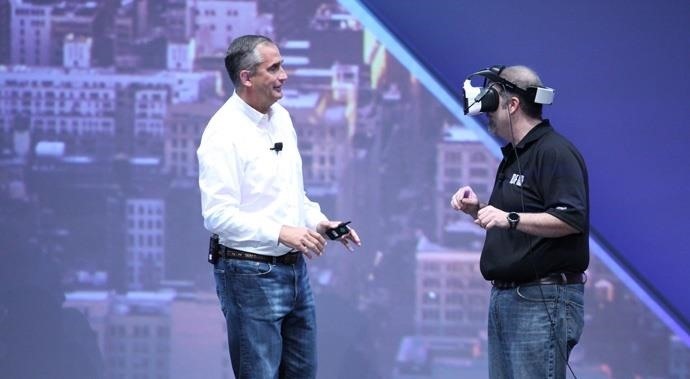
We also don't know much about what the hardware can do, but Intel has expressed that all Project Alloy headsets won't require cables or external sensors. It can function all on its own, interpreting the environment around it using integrated sensors and cameras similar to the HoloLens. With the Idealens already offering a standalone VR option on top of Google's Android, Intel needs to provide something a bit more robust—especially when they don't anticipate any Project Alloy products hitting the market until 2017.
Nevertheless, it's exciting to see companies cutting the cord already. Virtual reality tech already offers a wonderfully compelling experience, but you don't want to worry about tripping over cables in the real world when you're immersed in the digital one.
Just updated your iPhone? You'll find new features for Podcasts, News, Books, and TV, as well as important security improvements and fresh wallpapers. Find out what's new and changed on your iPhone with the iOS 17.5 update.
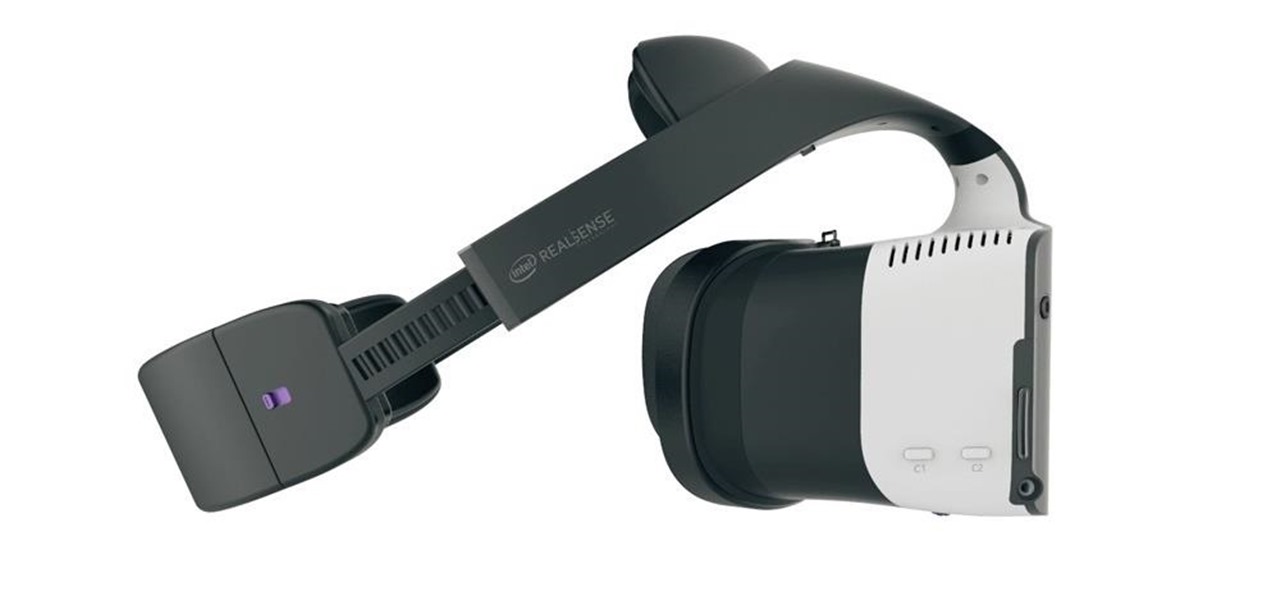



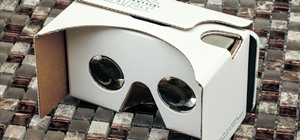







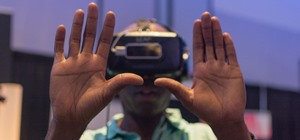



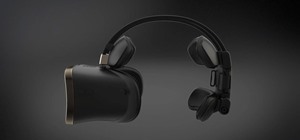
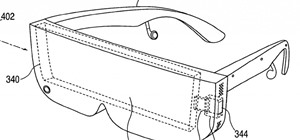



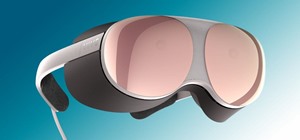


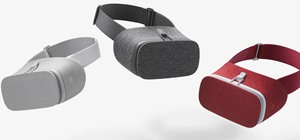



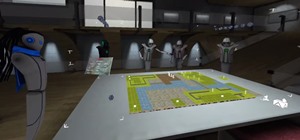

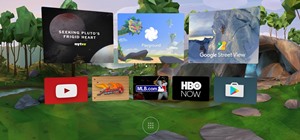
Be the First to Comment
Share Your Thoughts